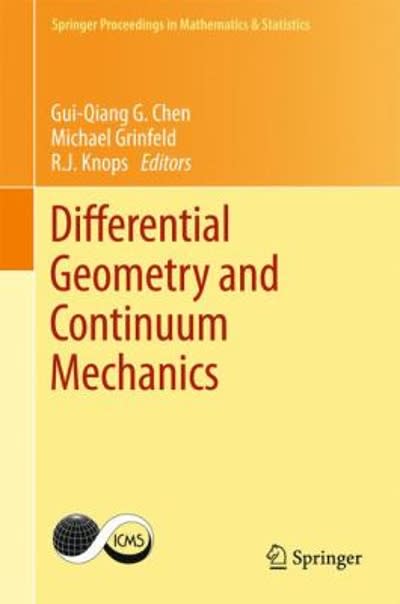2. [ Required for all; #5 from 2016 Midterm 2] An engineer suspects that the surface finish of a metal part is influenced by the feed rate and the depth of cut. He selects three feed rates and four depths of cut. He then conducts a factorial experiment and obtains the following data. Depth of Cut (in) Feed rate (in/min) 2 74, 64, 60 79, 68, 73 82, 88, 92 99, 104, 96 92, 86, 88 98, 104, 88 99, 108, 95 104, 110, 99 99, 98, 102 104, 99, 95 108, 110, 99 114, 111, 107 Some summary statistics are give below. Suppose the following statistical model is used to fit the data. Yox = 1+ Ti + 8, + (TP),, + quik = 1,2,3 where r, (i = 1,2, 3) and f, (j = 1,2, 3, 4) are the effects of feed rate and cut depth, and ();; are their interactions. For parameter estimation, we impose the following con- straints as in the lecture notes: ), T. = ), 8, = E. (TP),, = E, (TA),, = 0. The ANOVA of the data was done in SAS and the output is shown. a. What are the estimates of n and (7 /)23? b. Test if the interaction between feed rate and cut depth is significant. To get full credits, give a test statistic, the corresponding p-value and your conclusion. C. If we plan to perform pairwise comparison for aff treatment combinations, which procedure should we use? What is the corresponding critical difference (using a = 5%)7 d. Use the Bon ferroni method to compare the following treatments (i.e. the level combi- nations of speed and depth): (2,3), (24), (3.3) and (3.A), pairwisely (Use a = 6%). Grand mean: 94.333 feed Sup th 81.683 84.778 97.583 89.778 103 835 97.889 104.889 fond Sept h 56 .000 2 73.33 87 .333 1 4 99 .657 68 .667 96 .667 100 .667 104 .333 99.657 99 .333 105 .657 130.667 Dependent Variable: finish Sun of DF Squares Mean Square F Valus Pr > F Hadal 5842-667 18.49 1.0001 Error 24 Co Total 96.42.080 ourc Bypa 1 88 Ham Square F Valus Pr >F 2 1580. 36 65.03 4.0001 708.370 24.66 *.0001 fadsdepth & 567.066 90.843 3.23 0.080 Calculate the critical difference and report your results of comparison. You can report the result as we have seen in SAS output by labeling significantly different combinations with different Latin letter







